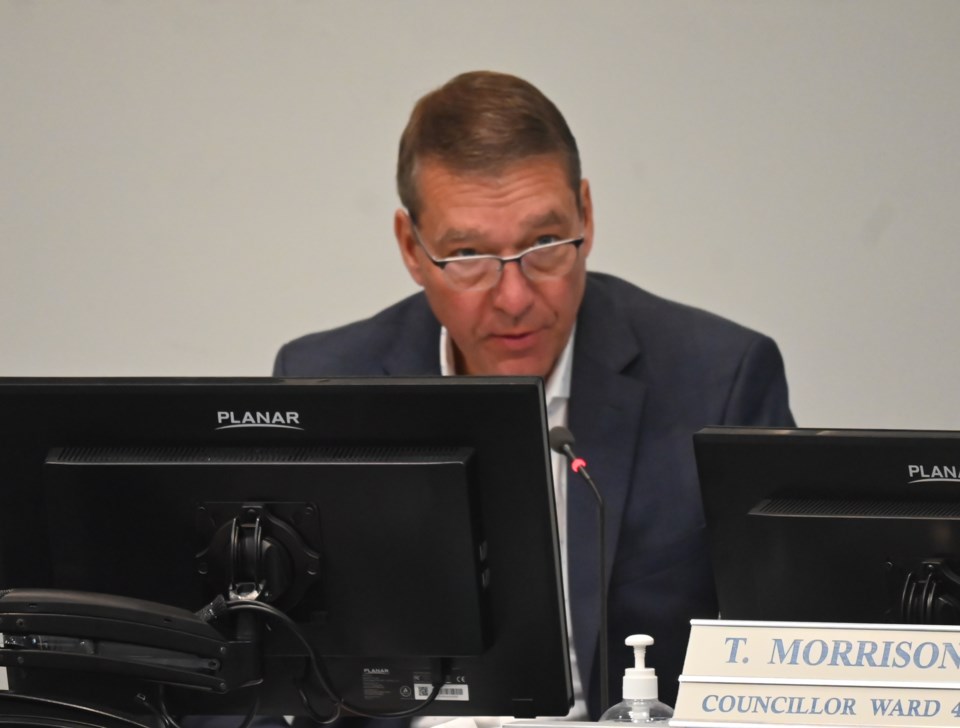York Region mayors are welcoming provincial funding of more than $1 billion for new infrastructure, but say more dollars will be needed.
Premier Doug Ford visited Richmond Hill March 21 to announce $1 billion in funding for a new Municipal Housing Infrastructure Program, along with a $625-million boost to the Housing-Enabling Water Systems Fund.
Local officials spoke positively about the funding, with Newmarket Mayor John Taylor saying it is a welcome first step to solve an infrastructure funding gap.
“Very good news,” Taylor said. “If we’re going to meet the (housing) targets that are out there and address the housing crisis, we got to accelerate infrastructure dramatically and this is a good first step.”
Municipalities have called for more funding to build the infrastructure needed for more housing. With the province’s Bill 23 cutting into development charges, the Association of Municipalities of Ontario (AMO) has estimated that about $1 billion annually would be needed for municipalities collectively to make up for the shortfall.
The new dollars add to prior funding commitments for municipal infrastructure. The province had already committed $200 million toward water infrastructure. It also has an ongoing $1.2 billion over three-year housing fund for municipalities, but most York Region municipalities are missing out on that due to falling short of provincial housing targets.
“Time and time again, I’ve heard from our municipal partners that a lack of infrastructure is one of the biggest barriers to getting more homes built,” Ford said in a news release, adding that the new funding “will help get more shovels in the ground so we can keep the dream of home ownership alive in Ontario.”
Aurora Mayor Tom Mrakas said it is welcome dollars, and he and other municipal leaders have advocated for more predictable funding.
“It's widely recognized that growth does not pay for growth. For every tax dollar collected, municipalities typically receive only nine to 11 cents, despite being responsible for over 65 per cent of infrastructure,” Mrakas said. “This unsustainable practice underscores the importance of the funds announced by the province, marking a positive step toward ensuring our communities have the necessary infrastructure."
But officials said it is still ultimately short of what municipalities are going to need. York Region chairman Wayne Emmerson noted the gap that the region faces at a March 21 meeting.
“We need a billion (dollars for York Region), so I’m not sure what the rest of the province of Ontario is going to do,” Emmerson said.
Taylor said with AMO projecting a $1-billion annual shortfall for municipalities, the total funding from upper levels of government for municipal infrastructure would likely need to eclipse $7 billion.
He said it would be wise for upper levels of government to come together and create a 10-year fund to ensure long-term sustainability, with funding ideally dolled out on a per-capita basis.
“I’m pleased to see it (the funding), but I think if we look at the hard reality we’re facing, there is going to be a need for considerably greater levels of infrastructure funding,” he said.
Taylor said he feels confident that York Region should receive some of that funding regarding water infrastructure as it works to expand the sewage capacity needed to add more housing.
He added he is hopeful that the criteria will be transparent. He further said that the province can hopefully account for Newmarket and other municipalities not getting any of the new housing infrastructure funding thus far, from either the provincial or federal levels.
Funding application processes are “getting too complicated. It’s getting too criteria-driven, frankly,” Taylor said. “We know how to build communities. Provide us the dollars for critical infrastructure and let us get to work.”



